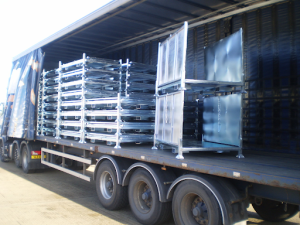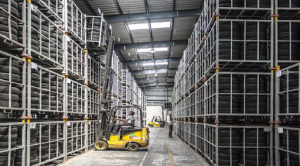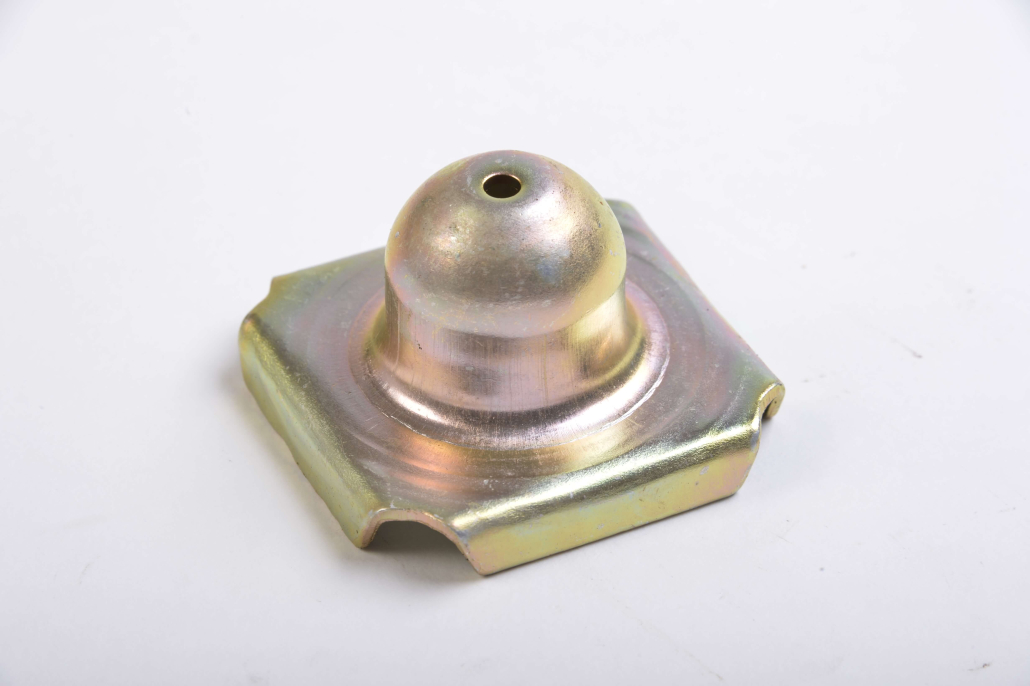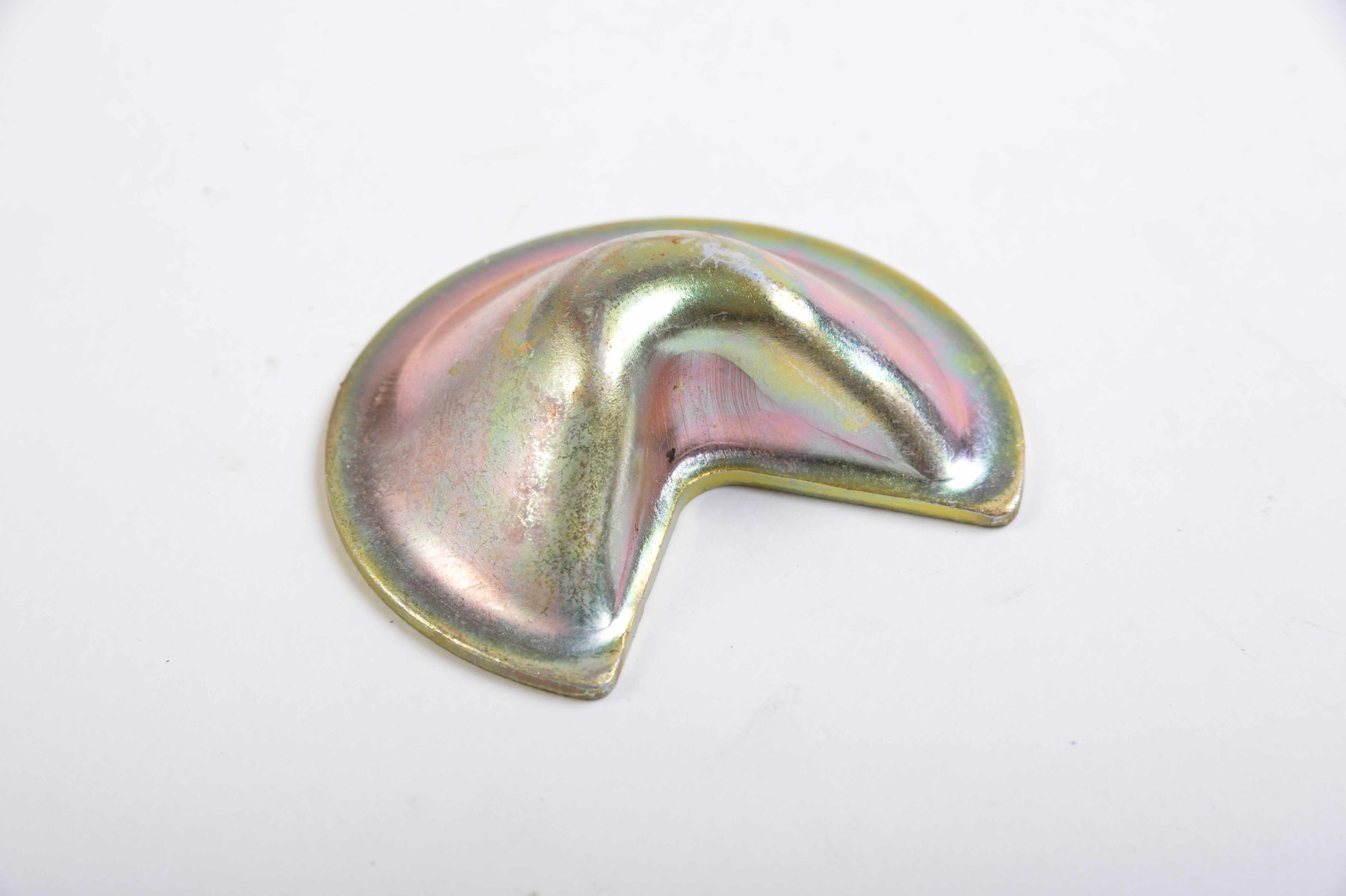How Nesting Plugs Reduce Damage During Storage and Transport
In busy warehouses and logistics hubs, every small component matters. While machines, pallets, and packaging often get most of the attention, it’s often the smaller fittings that make the biggest difference in keeping goods safe. One of these unsung heroes is nesting plugs, a small but powerful part that helps prevent damage during both storage and transport.
If you’ve ever seen pallets leaning, goods toppling over, or stillages shifting during transit, poor stacking or lack of secure fittings was likely the cause. Nesting plugs help solve these problems by adding a simple layer of stability and safety that can save businesses thousands in damages and downtime.
Let’s explore how these small components work, why they matter, and how they keep your products secure from warehouse to delivery.
Understanding the Role of Nesting Plugs
A nesting plug, also known as a nesting cup or stillage plug, is a small steel fitting that sits on top of a pallet or stillage frame. Its main job is to act as a socket where the pallet feet from the unit above can sit securely. This design prevents the upper pallet from slipping, tilting, or sliding off during stacking or transportation.
Think of it like the groove in a puzzle piece; it ensures that everything fits neatly together. When a pallet is placed on top of another, the feet slide into the recessed plug below, creating a locked-in effect. This connection keeps stacks stable, even when forklifts or lorries are moving or when goods are stored for long periods.
For warehouses looking to improve stability and reduce stacking-related damage, Kirmell’s KPF55 Steel Nesting Plugs offer a reliable and cost-effective solution. These durable fittings are ideal for everyday pallet and stillage systems.
Why Damage Happens Without Nesting Plugs
Before we dive into how nesting plugs prevent damage, it helps to understand what can go wrong without them. When pallets or stillages are stacked directly on top of each other, they rely only on surface contact. This setup may look fine when stationary, but even a small jolt like a forklift movement, vibration during transport, or uneven flooring can cause:
- Shifting or slipping: The top pallet can slide slightly, throwing the stack off balance.
- Tipping or collapsing: If the weight is unevenly distributed, the stacks can tilt or fall entirely.
- Impact damage: As stacks shift, goods can bump against one another, causing scratches, dents, or breakage.
- Product contamination: In food, chemical, or clean-goods industries, collapsed stacks can expose items to contamination or waste.
In short, without nesting plugs, stacks rely on friction rather than structure. And in fast-moving warehouses or on bumpy transport routes, friction isn’t enough.
How Nesting Plugs Prevent Movement and Shock
The genius of a nesting plug lies in its simplicity. Here’s how they actively reduce damage during handling, storage, and transport:
They Lock Pallet Feet into Position
When nesting plugs are installed, the pallet feet from the upper stillage or pallet slot directly into the plug’s recessed cavity. This connection keeps the stack aligned and centred. The pallets can’t shift sideways because the plug acts like a locking socket.
Even under heavy loads, this interlocking design distributes pressure evenly across the entire frame, preventing bending or twisting.
They Absorb Vibration and Impact
During transport, vibrations and shocks are unavoidable, especially in lorries travelling long distances or across uneven roads. Nesting plugs reduce the transfer of this motion between stacked pallets. By keeping each pallet “locked” into place, they prevent goods from rubbing or colliding with each other, which often causes scratches or deformation.
They Prevent Over-Stacking and Tilting
Nesting plugs naturally guide how high pallets can be stacked. Because each plug and foot pair is designed to align, workers can quickly see if something is stacked incorrectly. This visual and physical guidance reduces human error, which is one of the leading causes of damage in manual warehouse operations.
They Spread the Load Evenly
Instead of all the weight pressing on a few contact points, nesting plugs distribute the load evenly across the entire surface of the stillage or pallet. This is particularly important for fragile or heavy goods that require balance and support during long storage periods.

Benefits of Using Nesting Plugs for Damage Prevention
Protection During Storage
In storage environments, goods may remain stacked for weeks or even months. Without secure nesting, small movements caused by forklifts or uneven flooring can slowly destabilise stacks. Nesting plugs eliminate that risk by ensuring that every pallet sits firmly in place.
Safety During Handling
When warehouse staff move pallets around, they need assurance that the stacks won’t shift mid-lift. Nesting plugs add this safety buffer, reducing the chance of goods falling or pallets slipping off the forks.
Fewer Damaged Goods in Transit
Transport is one of the most vulnerable phases for stored goods. Every bump or turn adds stress to the load. Nesting plugs help maintain the integrity of stacks, so goods stay secure from the loading bay to the delivery point. This results in fewer product returns, replacements, and financial losses.
Better Space Efficiency Without Sacrificing Safety
Traditionally, warehouses left gaps between stacked goods to avoid collapse. With nesting plugs, these safety gaps aren’t necessary. The result? More goods stored in the same footprint, safely and efficiently.
Also, check out the different types of nesting plugs you can buy for your warehouse needs.

How Nesting Plugs Support Different Industries
Nesting plugs are not just for one type of warehouse; they’re used in many sectors where stability is critical:
- Automotive: To stack heavy metal parts and components without bending frames.
- Construction: To safely store bulky materials like pipes, rods, and panels.
- Retail Distribution: To protect packaged goods from crushing or tilting during high-volume stocking.
- Food & Beverage: To prevent contamination by keeping pallets stable and elevated.
- Logistics & Freight: To ensure safe stacking during long transport journeys.
Their simple, universal design makes them adaptable across industries that deal with stacked storage or heavy materials.
The Long-Term Cost Benefits of Using Nesting Plugs
While nesting plugs might seem like a small investment, their long-term financial impact is significant. Businesses using them often notice:
- Reduced product damage: Fewer repairs, returns, and replacements.
- Lower maintenance costs: Stronger stacking reduces wear on pallets and stillages.
- Improved workflow: Safer stacks mean fewer interruptions due to spills or accidents.
- More efficient space usage: Vertical stacking saves warehouse space and rent.
By reducing both direct (product loss) and indirect (downtime) costs, nesting plugs pay for themselves quickly.
Steel Nesting Plugs: The Strongest Choice
When it comes to preventing damage, steel nesting plugs outperform other materials like plastic or aluminium. Steel’s strength ensures that even the heaviest loads remain stable without deformation. It’s also less prone to cracking, making it suitable for both indoor and outdoor storage.
Pressed mild steel plugs offer a perfect balance between durability and cost. They’re designed to last for years, even under continuous handling and stacking. This makes them the preferred choice for warehouses that value long-term reliability.
At Kirmell, we manufacture a range of high-strength steel nesting plugs, including the KPF72L Half-Moon Plug, designed for safe stacking and long-term industrial performance.
Why Kirmell Nesting Plugs Stand Out?
At Kirmell Ltd, we’ve been designing and manufacturing British-made steel nesting plugs for decades, helping businesses across the UK improve warehouse safety and efficiency. Every plug we produce is pressed from high-quality mild steel and engineered to exact standards to ensure consistent fit and performance.
Our products are trusted by warehouses, logistics hubs, and manufacturers who need dependable stacking solutions. Whether you’re handling heavy machinery, retail stock, or construction materials, Kirmell nesting plugs are built to protect your goods from movement and damage during both storage and transport.
You can order directly from our UK-based shop or contact us for bulk supply and custom sizing options.
Best Practices for Using Nesting Plugs Effectively
- Inspect Before Stacking: Always check that plugs are clean and free from debris to ensure a perfect fit.
- Align Properly: Make sure the pallet feet are fully seated inside the nesting plug sockets before loading.
- Don’t Overload: Follow weight guidelines for your stillage or pallet type.
- Regular Maintenance: Replace worn or damaged plugs to maintain safety and stability.
- Train Staff: Teach warehouse teams how to identify secure stacking to prevent accidental misalignment.
When used correctly, a nesting plug not only protects products but also enhances the entire workflow in the warehouse.
Conclusion
In warehouses and logistics operations, avoiding damage is about more than just careful handling; it’s about having the right equipment. A nesting plug plays a crucial role in maintaining stability, reducing movement, and protecting goods throughout storage and transport.
By interlocking pallet feet and ensuring even weight distribution, they minimise accidents, product loss, and repair costs. Over time, they become an essential part of a warehouse’s safety and efficiency strategy.
For businesses that want reliability, performance, and UK-made quality, Kirmell steel nesting plugs offer a proven solution that keeps goods secure and operations running smoothly.
FAQs
How do nesting plugs help prevent damage during transport?
Why are steel nesting plugs better than plastic ones?
Where can I buy nesting plugs for my warehouse or business?
How do I choose the right nesting plug size for my pallets?
Do Kirmell nesting plugs fit both pallets and stillages?






Leave a Reply
Want to join the discussion?Feel free to contribute!